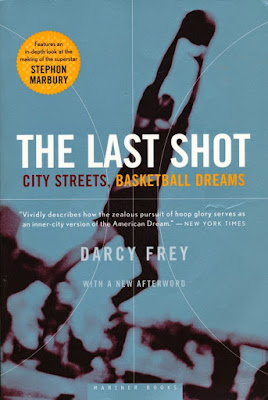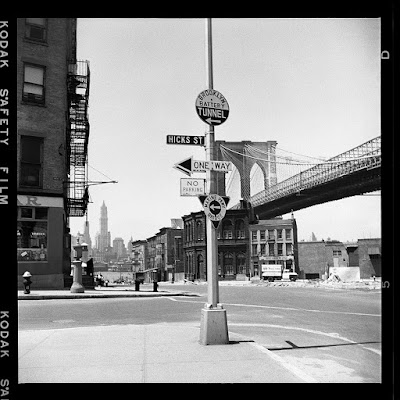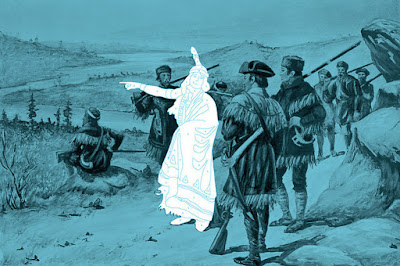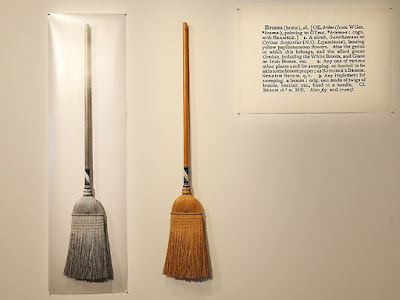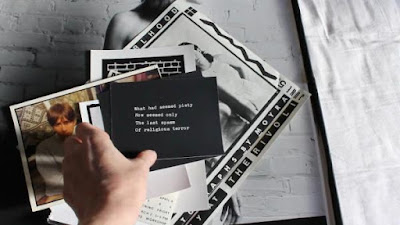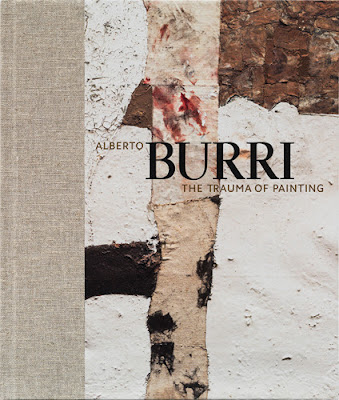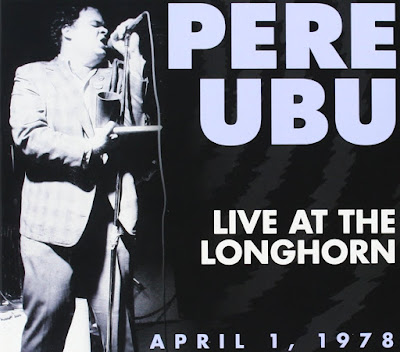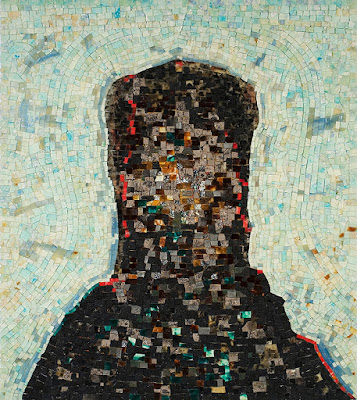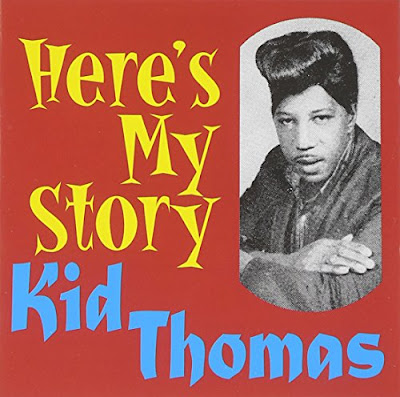
Wikipedia - "'Bad as Me' is a song by American rock musician Tom Waits, written collectively by Waits and his wife Kathleen Brennan. Written and recorded during the sessions for his studio album of the same name, the song was released as Waits' seventeenth single on August 23, 2011 and was the first new studio material by Waits in seven years, since Real Gone in 2004. ... Stereogum also described the song as 'a characteristically unhinged caterwaul,' and SFWeekly further commented that the song was 'pure, melodramatic Waits, with a dragging blues beat, stabbing, reverb-dipped guitars, and a horn section that plays accomplice to the gritty unfoldings [...] making the whole thing feel like the perfect soundtrack to some dusty bar full of misfits and killers in a Robert Rodriguez film.' ..."
Wikipedia
Tom Waits' "Hell Broke Luce" - A Cautionary Tale
Slate: Tom Waits on His Grandma’s Pistol, His New Record, and Keith Richards
YouTube: "Hell Broke Luce"
2012 July: Orphans: Brawlers, Bawlers & Bastards, 2013 March: Burma Shave, 2013 May: "Ol' '55", 2013 July: The Heart of Saturday Night (1974), 2014 January: Blood Money, 2014 March: Telephone call from Istanbul (1987), 2014 November: Rain Dogs (1985), 2015 February: Mule Variations (1999), 2015 April: Swordfishtrombones (1983), 2015 July: Alice (2002), 2015 September: Tom Waits On The Tube Live UK TV 1985, 2015 December: Franks Wild Years (1987).
